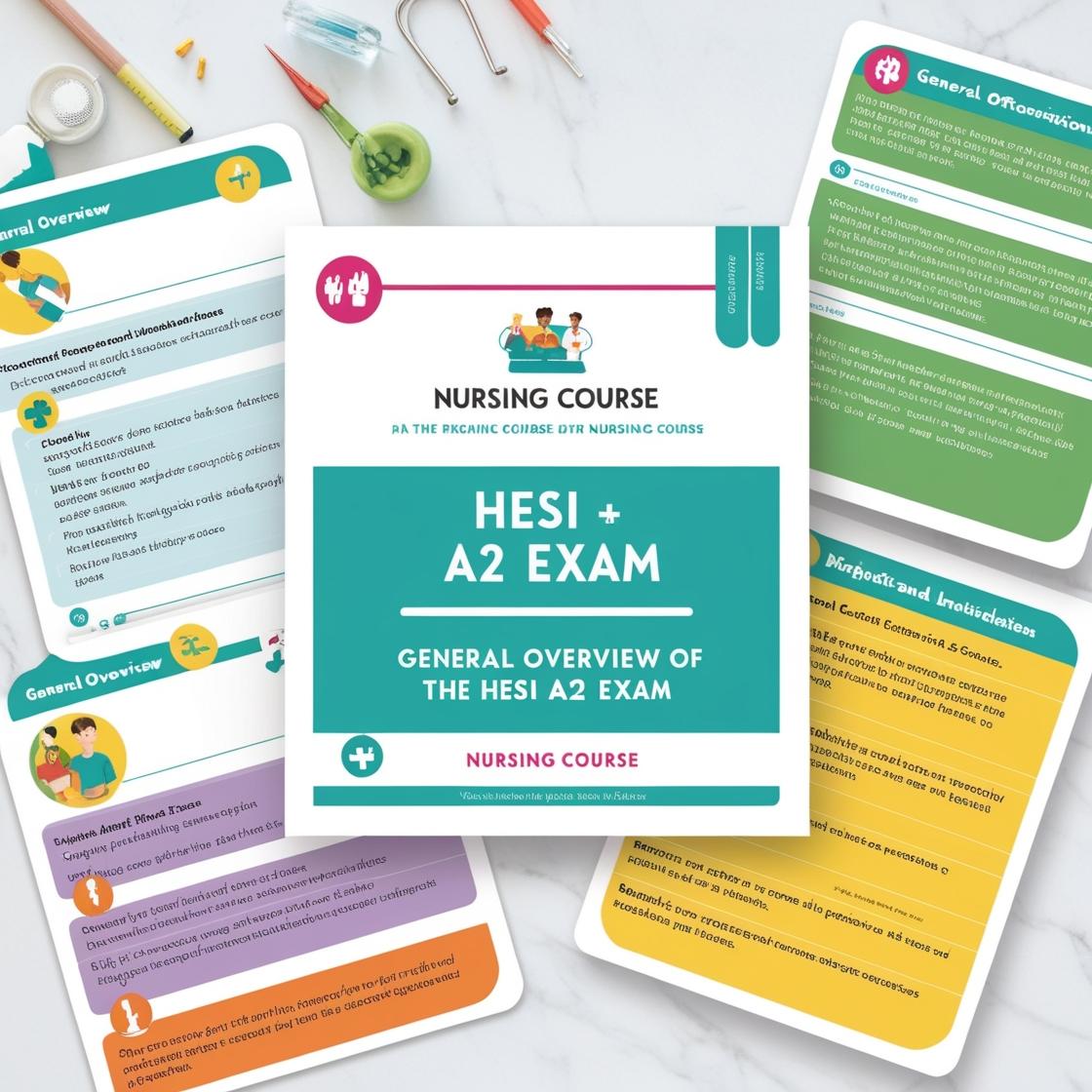HESI A2
HESI A2 Practice Test Biology
1. Why is DNA important for metabolic activities of the cell?
- A. It controls the synthesis of enzymes.
- B. It stabilizes the cell wall.
- C. It initiates cell division.
- D. It prevents diffusion of nutrients.
Correct answer: A
Rationale: The correct answer is A. DNA plays a crucial role in metabolic activities by controlling the synthesis of enzymes. Enzymes are the biological catalysts that regulate and facilitate metabolic reactions within the cell. Choice B is incorrect because DNA is not involved in stabilizing the cell wall; that role is usually associated with other components like the cell membrane. Choice C is incorrect as cell division is primarily regulated by different processes and molecules, not directly by DNA. Choice D is incorrect because DNA is not related to preventing the diffusion of nutrients; instead, it is involved in coding for proteins that aid in various cellular functions.
2. Which organelle is responsible for organizing protein synthesis?
- A. Nucleus
- B. Ribosome
- C. Lysosome
- D. Vacuole
Correct answer: B
Rationale: The correct answer is B: Ribosome. Ribosomes are responsible for organizing protein synthesis by assembling amino acids. They are the cellular machinery where proteins are synthesized. The other choices, such as the nucleus, lysosome, and vacuole, do not directly participate in protein synthesis. The nucleus contains DNA and controls cell activities, the lysosome is involved in digestion and waste removal, and the vacuole is responsible for storage and maintaining cell turgor pressure.
3. What is the role of tRNA during protein synthesis?
- A. Carries amino acids to the ribosome
- B. Links nucleotides together
- C. Copies DNA sequences
- D. Replicates genetic material
Correct answer: A
Rationale: During protein synthesis, tRNA plays the crucial role of carrying amino acids to the ribosome. This process ensures that the correct amino acids are brought to the ribosome according to the mRNA sequence. Choice B, linking nucleotides together, refers to the role of RNA polymerase in transcription, not tRNA. Choice C, copying DNA sequences, is the function of DNA polymerase during DNA replication, while choice D, replicating genetic material, is an overarching function of DNA replication, not specific to tRNA's role in protein synthesis.
4. What happens during the S phase of the cell cycle?
- A. Chromosomes are duplicated.
- B. Cell growth occurs.
- C. DNA is synthesized.
- D. DNA is destroyed.
Correct answer: A
Rationale: During the S phase of the cell cycle, chromosomes are duplicated. This is a critical step in cell division as each chromosome is replicated to ensure that the resulting daughter cells receive an identical set of genetic information. Choices B, C, and D are incorrect because cell growth primarily occurs in the G1 phase, DNA synthesis happens during the S phase, and DNA destruction does not occur during any phase of the cell cycle.
5. Which cell organelle functions to transport materials from the endoplasmic reticulum throughout the cell?
- A. Ribosome
- B. Golgi apparatus
- C. Lysosome
- D. Vacuole
Correct answer: B
Rationale: The Golgi apparatus is the correct answer because it functions to transport materials from the endoplasmic reticulum throughout the cell. Ribosomes are responsible for protein synthesis, not transportation of materials. Lysosomes contain enzymes for digestion and waste removal, not for transporting materials. Vacuoles are primarily involved in storage, waste disposal, and maintaining turgor pressure, not in transporting materials from the endoplasmic reticulum.
Similar Questions

Access More Features
HESI A2 Basic
$89/ 30 days
- 3,000 Questions with answers
- 30 days access @ $89
HESI A2 Premium
$129.99/ 90 days
- Actual HESI A 2 Questions
- 3,000 questions with answers
- 90 days access @ $129.99
